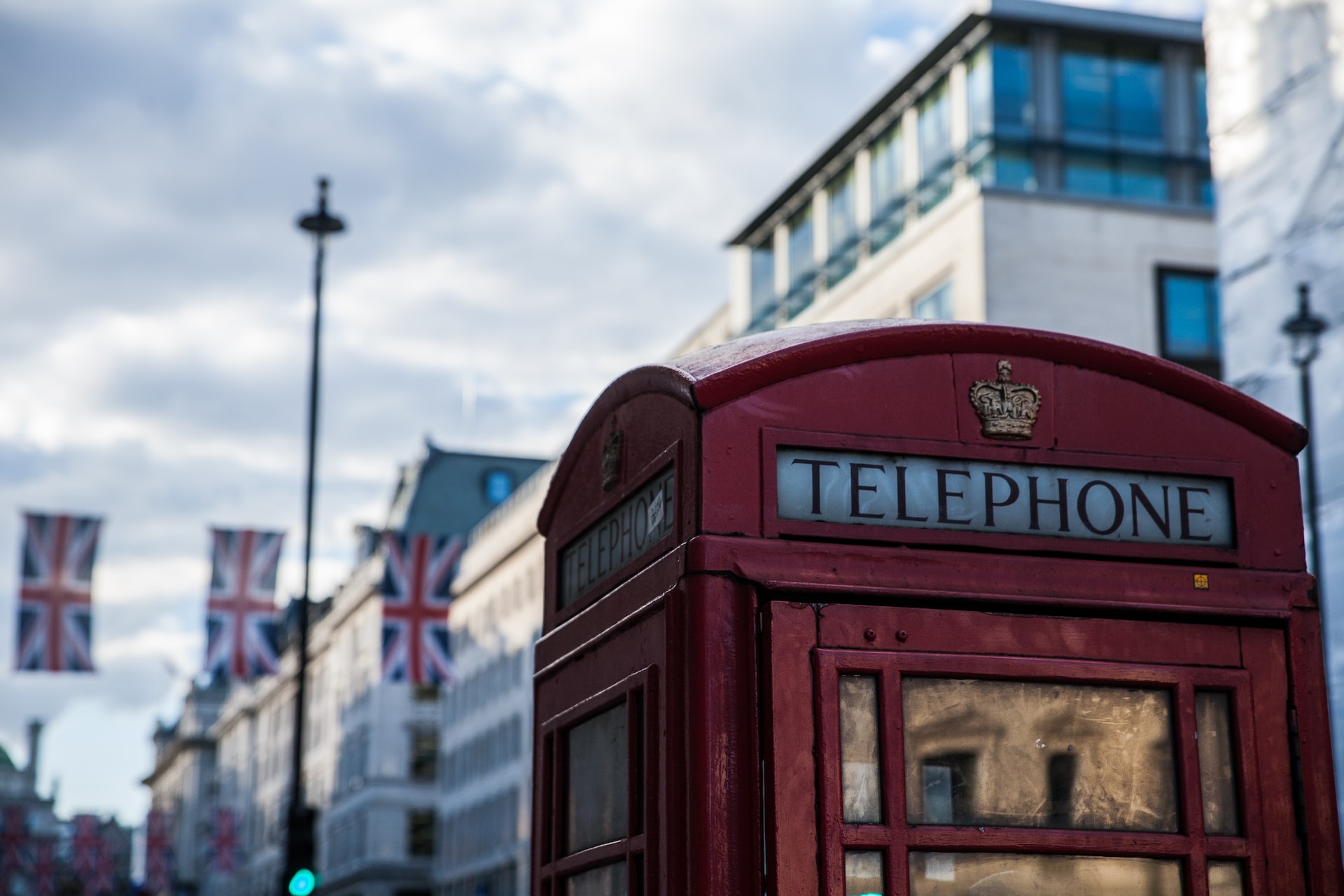Belgian Area Codes: History and Current Status

Anyone in Belgium who has or has had a landline is undoubtedly familiar with the so-called Belgian area codes. These numeric sequences, which preceded the actual subscriber number, were long an integral part of the Belgian telephone landscape.
But how did these five-digit area codes come about? Why have they largely disappeared, and what has replaced them? This article takes you through the history and current status of Belgian area codes.
The Origin of the Five-Digit Area Codes
The introduction of five-digit area codes in Belgium was a significant step in the development of telephony. At a time when automatic long-distance calling was still in its infancy, a clear regional division was necessary. Each geographic area was assigned a unique region-specific area code. This five-digit code enabled multiple exchanges to correctly route calls to the right destination within Belgium.
The number initially consisted of a prefix indicating the zone. This area code, combined with the subscriber number, formed the complete phone number. The second digit often provided an indication of the specific region within the larger zone. This allowed people to infer where the call originated or was directed.
The Evolution to Shortened Area Codes
As technology advanced and exchanges became digitized, the need for long, five-digit area codes became less critical. The complexity of the telephone network decreased, creating an opportunity for simplification. In an effort to make calling within Belgium easier and more efficient, shortened area codes were gradually introduced.
This transition, which did not happen overnight, meant that the five-digit area codes were phased out, and subscribers in many regions received shorter area codes. These shortened codes typically consisted of fewer than five digits, making the overall phone number shorter. A similar operation occurred with Dutch area codes, albeit with unique Belgian nuances.
The Impact of the Nationwide Renumbering
The most significant change in the Belgian telephone number landscape was the nationwide renumbering. This renumbering aimed to standardize the structure of phone numbers and increase the network’s capacity. A key outcome of this operation was that the majority of the old five-digit area codes became a thing of the past.
Instead, all landlines in Belgium were assigned an area code that started with a ‘0’, followed by one or two digits, and then the subscriber number. As a result, most phone numbers now consist of nine digits (including the ‘0’ in the area code). The length of these phone numbers is significantly shorter than the original five-digit area codes.
The Current Situation
As of 2025, five-digit area codes for landlines in Belgium have become a rarity. When you see or use a Belgian landline number today, you’ll notice that the structure typically consists of the ‘0’, followed by one or two digits indicating the region, and then the seven-digit subscriber number.
While some older systems or specific services may still use longer number sequences, shortened area codes have become the norm. Anyone requesting a new area code for a landline will no longer receive a five-digit area code. The area code now serves as a shorter prefix for the subscriber number.
Special Numbers and Mobile Telephony
In addition to area codes for landlines, Belgium also has special area codes or prefixes for other types of services. These include premium-rate numbers (starting with 0900), toll-free numbers (starting with 0800), and numbers reserved by specific organizations. These special numbers often follow a unique numbering plan.
The rise of mobile telephony has further changed the landscape. Mobile numbers in Belgium do not have a region-specific area code in the traditional sense. Mobile numbers typically start with the prefix ‘04’, followed by eight digits. When calling a mobile number, the caller’s location is irrelevant; the area code used for landlines does not apply.
Requesting a Belgian Phone Number
Would you like to request a Belgian phone number for your business? Through Belfabriek, you can request a Belgian number within minutes. Read here for more information about the options and steps to take.
Conclusion
The evolution of Belgian area codes from long five-digit prefixes to shorter ones reflects technological progress and the need for a more efficient telephone network.
The nationwide renumbering has resulted in a standardized system where the area code primarily indicates the geographic region with one or two digits. Shortened area codes are now the norm, and five-digit area codes are largely a thing of the past. Belgian phone numbers are now more compact and easier to use!
Frequently asked questions
A quick way to explore how everything works and what to expect.
Area codes in Belgium were the original five-digit prefixes that preceded the subscriber number for landlines in Belgium and indicated the geographic region.
The five-digit area codes were discontinued due to technological advancements and a nationwide renumbering aimed at simplifying the telephone network and increasing capacity.
Shortened area codes are the shorter prefixes that replaced the five-digit area codes for landlines. They typically consist of the ‘0’ followed by one or two digits.
No, mobile numbers in Belgium do not have a region-specific area code in the traditional sense. They typically start with ‘04’.
Dial your country’s international access code, followed by Belgium’s country code (+32), then the shortened area code (without the initial ‘0’), and the seven-digit subscriber number.
The ‘0’ at the beginning of a Belgian landline number is the national prefix you must dial when calling another landline in a different zone within Belgium. When calling from abroad, omit the ‘0’ and use the country code +32.

 Netherlands
Netherlands Belgium
Belgium Denmark
Denmark Germany
Germany France
France Switzerland
Switzerland Austria
Austria UK
UK Spain
Spain Italy
Italy


